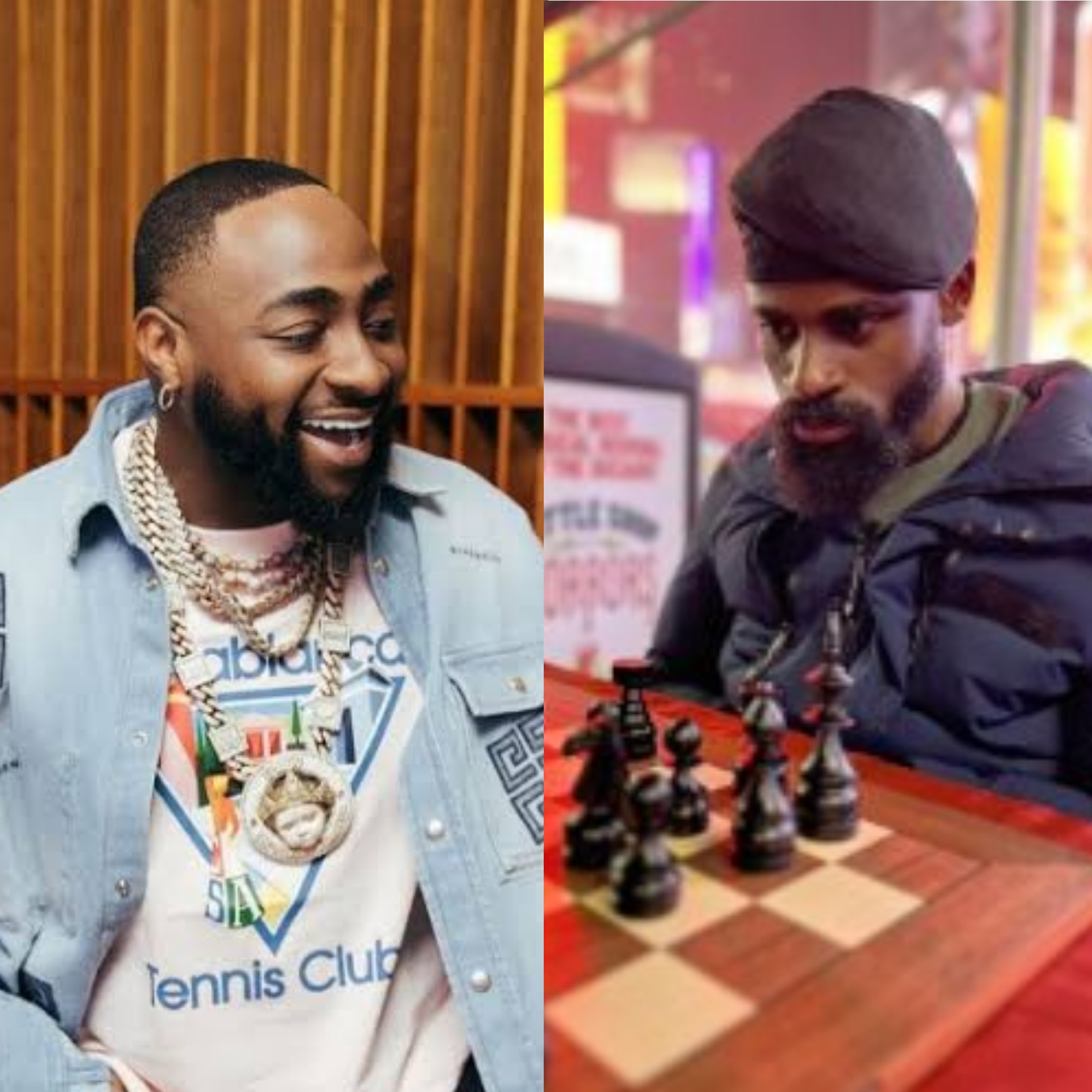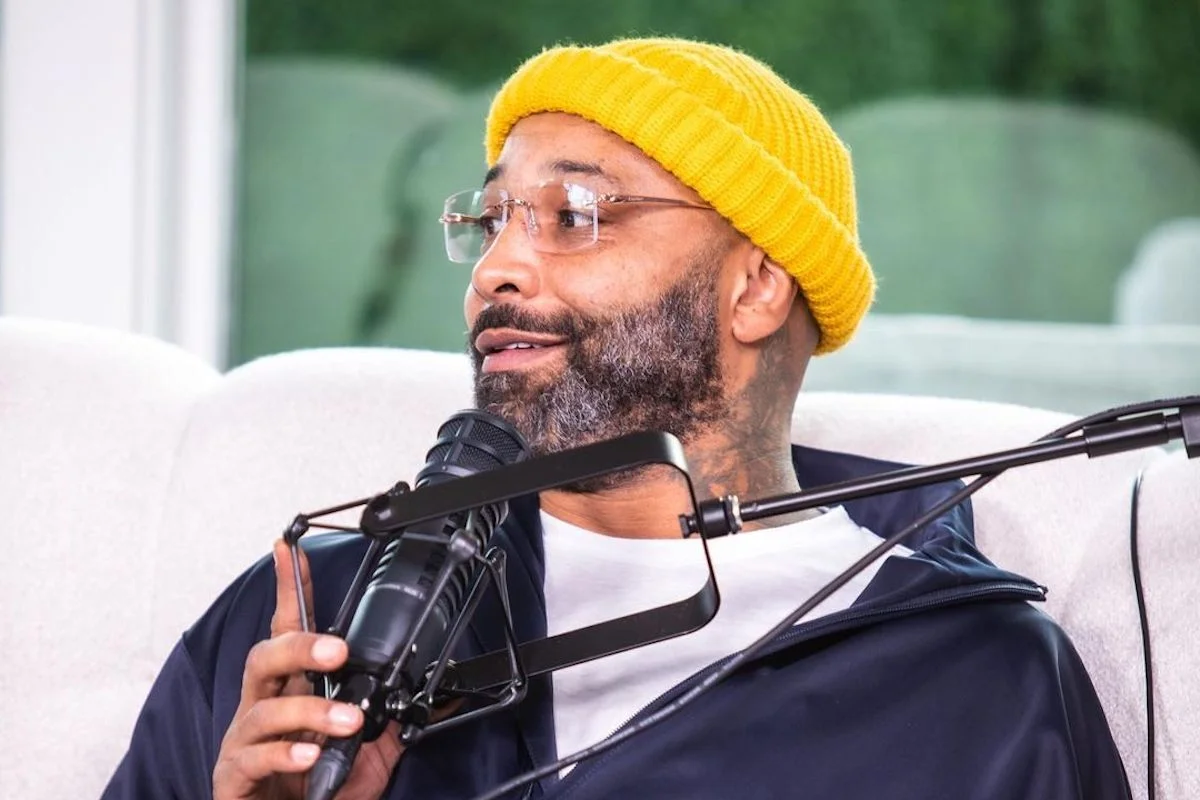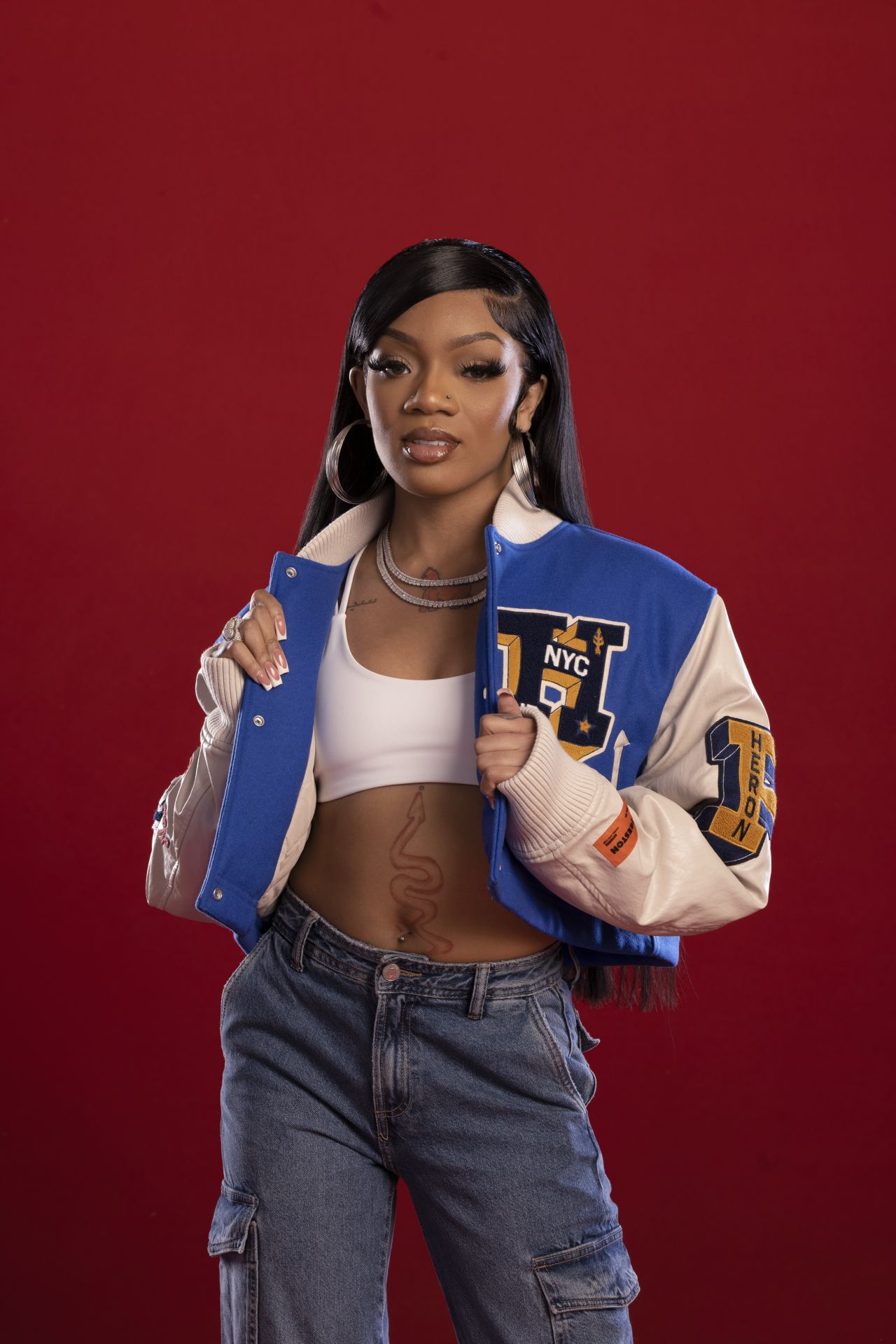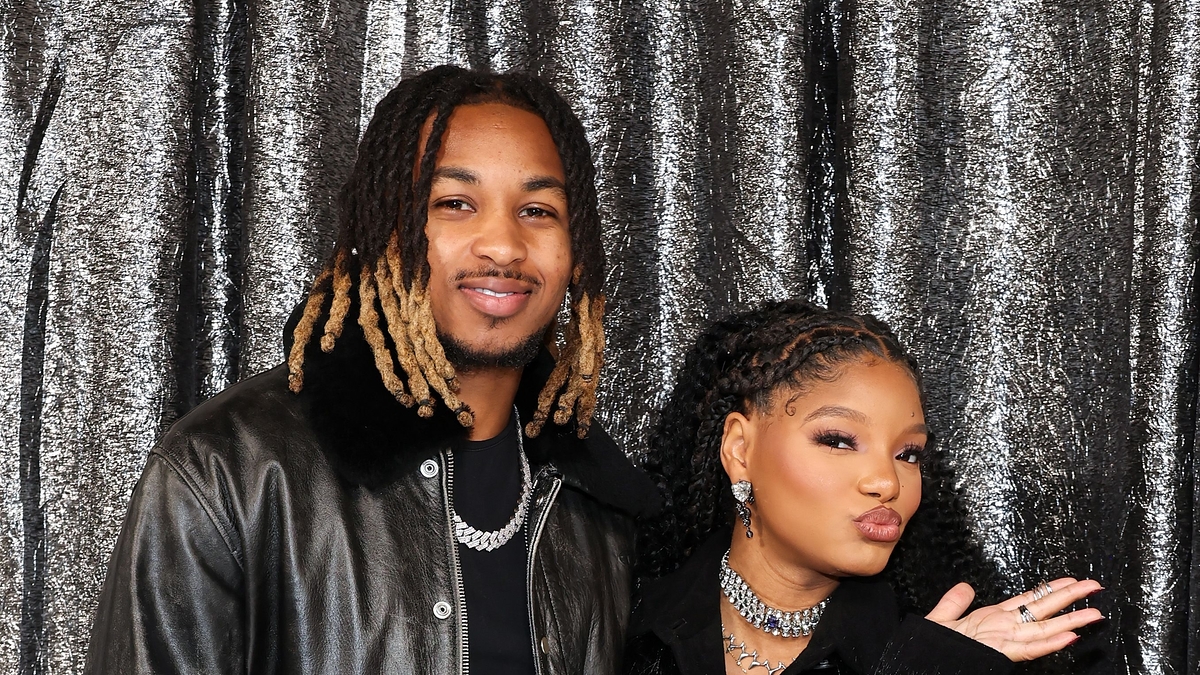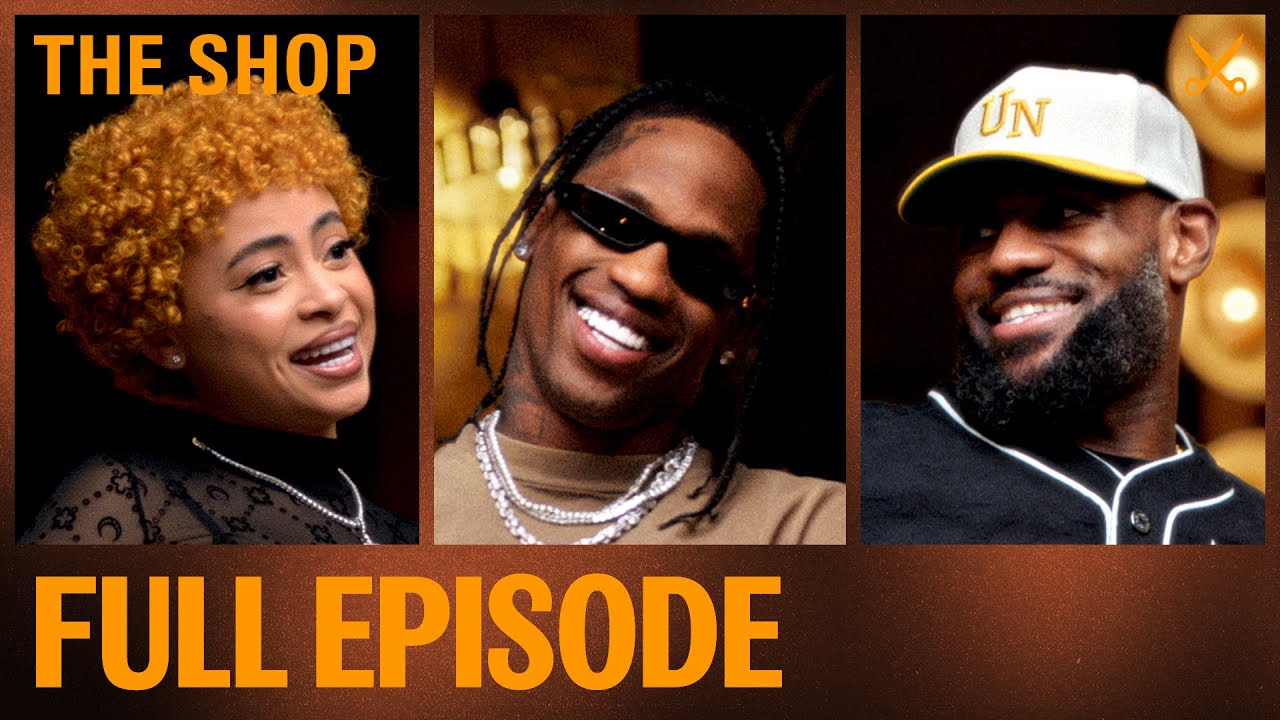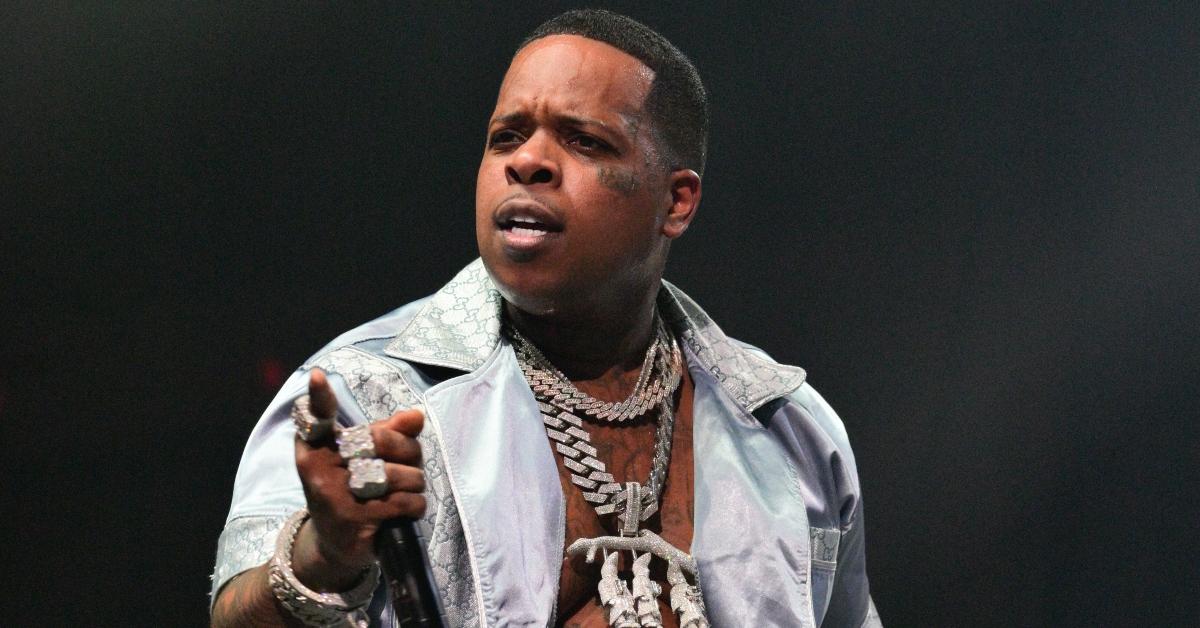Fulani Tribe: History, The People, Language, Art, The Women, Religion, Herdsmen & Clothing

History
Many hypotheses have been put out to explain the origins of the Fulani people. The Torankawa clan (Torodbe) of the Fulani has been linked to the Arab conquistador Uqba ibn Nafi by some historians of the Fulani people and the Sokoto Caliphate. They have traveled through and lived among numerous other cultures as nomadic herding people.
Skutsch points out that although their oral histories suggest they originated in Jordan or elsewhere, their language stems from the Senegambian region. He concludes that the contemporary Fulani people originated in northern Senegal.
According to Walter Rodney’s argument in The History of the Upper Guinea Coast, the Fulbe originated in North Africa and were headed by the Fulani Koli Tenguella when they conquered the Foota Djallon region.
An ancient West African population may have interacted with populations of North Africa, such as Berbers or Egyptians, to start the ethnogenesis of the Fulani people. Their ancestors may have originated in or near the Senegal River valley in West Africa.
They probably represent a genetic admixture of individuals with West African, North African, and Arabian ancestry and have been associated with numerous dynasties, mainly in the Sahel and West Africa. During European colonialism and conquest, theories concerning their origin began to circulate.
The People
The Fula people, also known as the Fulani, are thought to be the most significant nomadic people in the world, numbering roughly 20 million spread out across Western Africa. They are primarily found in Nigeria, Mali, Guinea, Cameroon, Senegal, and Niger. They are also present in Egypt and the Central African Republic.
The Fule are tall, skinny, and have light skin; they have thin, straight noses, and their hair typically has a curled, long texture, according to American ethnographer Paul Riesman, who lived among the Jelgooji Fulbe in Burkina Faso in the 1980s. The Rimaye, in contrast, had short kinky hair, dark skin, flat, “squashed” noses, and a tendency toward corpulence.
The Fulanis are great people with a fascinating history. Everyone can identify with the stereotype of a member of this tribe defending his prized cow with a stick. The semi-nomadic cow-rearing way of life has persisted among the Fulanis and passed down from generation to generation. They are primarily found in Nigeria and Cameroon.
The Fulani man is primarily a herdsman, and the women are reputed to lead simple lives and to be nomadic, devoted, and highly close-knit. The Fulani women are often well-traveled and nomadic and can be found practically anywhere at any time. They are adventurous nomads, especially when traveling with their male counterparts. People frequently walk great distances without having a specific objective in mind.
Language
They speak a Niger-Congo language called Pular or Fufulde, with some pre-Berber elements grafted onto it. The beginning of the Sahara’s dryness in the third millennium B.C. appears to have forced the ancestors of the Fulani and other people southward. The Fulani people, who originated in southern Mauritania at the start of the Christian period, became a significant cultural force in Futa Toro, Senegambia, between the fifth and the eleventh centuries. They then moved eastward from there.
Art
Traces of earlier aesthetic traditions are frequently discernible in modern times since Fulani nomads do not alter their clothing as frequently as other sedentary groups. Moreover, the creation of Fulani objects is commonly left in the hands of outsiders or members of specialized castes. Hence, rather than reflecting manufacture, “Fulani art” denotes ownership.
Amulets made of leather, knife handles, sheaths, and sandals are adorned with geometric patterns that combine Tuareg and Berber aesthetics with Fulani meaning. Bright red, yellow, or white and green hues are used to color objects, and lengthy fringes are frequently present. Several of the patterns are interethnic. For instance, Dogon and Fulani use the zigzag surrounded by parallel lines.
With rare exceptions, Fulani aesthetic expression is written on transient things or places. The greatest attribute of the Fulani people is their mastery of verbal art, as exhibited in song and poetry. They are also well known for their intricate body art. Both men and women enjoy getting tattoos. They don amulets (lohol) as both adornment and protection. Ladies also wear heavy gold necklaces, round or open bracelets made of copper or white metal, beautifully carved with dotted patterns, and heavy twisted gold earrings (dibi, cake). Blacksmiths used to create bulky anklets that were heavy and thick, which gave young Wodaabe women a “cowlike” gait that was highly valued in this herders’ culture.
Some Fulani women wore anklets or leg decorations made of copper or brass. In addition, some Fulani women wore anklets or leg jewelry fashioned of copper or brass using the lost-wax casting technique. These rings may have been initially used as money.
The Women
Weaving wall and floor mats is a task done by Fulani women, who are also in charge of constructing the family tents or makeshift huts. In addition to nomadic architecture, they are experts in calabashes and wood bowls (la’al kosam) decorating. Pigments paint the calabashes after being pyro-engraved with figurative and abstract designs. Milk bowls are significant in Fulani culture, which strongly emphasizes the cow. They serve as storage bins for grains and fresh, curdled milk. The la’al kosam represents Fulani identity as an artifact, a representation of pastoral life, and a symbol of the collaboration between men who tend the herd and women who milk the cows. Bowls and calabashes could be viewed as the primary focus due to their delicate chiseling, smoke-derived patina, and superb ornamental treatment.
The creative hairstyles worn by the Fulani women are well renowned. Many others find this flamboyant characteristic odd, yet they wear it with pride and are recognized for selling handcrafted items created from herbs and oils to lengthen and grow hair. Because Fulani men are often polygamous and their weddings may be organized among families even before the birth of the children, Fulani women hardly ever marry for love and affection. Because of this, the women are generally extraordinarily autonomous and informed about trading.
When the topic of marriage comes up, the women of this tribe are supposed to act modestly as marriage bestows upon her a unique status within the clan. The bride’s move to her husband’s village, known as the bangal, is a significant public acknowledgment of the marriage. The welcome is a rite of passage for the bride when the women of that community come to meet her. With every child, she produces, especially when they are boys, the bride’s status rises.
It is a significant responsibility for a woman to milk the cattle and prepare the dairy products as each wife brings livestock to the marriage.
Religion

Early adopters of Islam were the Fula. David Levison asserts that the Fulani’s adoption of Islam gave them a sense of “culture and religious superiority to surrounding peoples, and that adoption constituted a crucial ethnic border marker” between them and other African ethnic groups in the Sahel and West Africa.
With horses and military hardware from the north, settled and nomadic Fulani groups became political and belligerent forces. The fights weren’t just between the Fula and other ethnic groups and internal conflicts between the pastoral and sedentary Fulani, where they sometimes cooperated. At other times the Muslim Fulani leaders fought the nomadic Fulani as unbelievers.
The rulers of the Songhai Empire, a significant commercial partner of the Middle East, converted to Sunni Islam in the 11th century. With their conversion to Islam as the first people in West Africa, the Fulani actively supported Islamic theology and ideology from locations like Timbuktu. The Fula people, who eventually took the name Toroobe, collaborated with Islamic scholars from Arabia and the Berber region to map the expansion of Islam in West Africa. Several jihads, or holy wars, were led by the Fula people, some of which were significant.
During the medieval and pre-colonial eras, these war efforts helped Islam grow throughout West Africa and helped its adherents control a large portion of the Sahel region, establishing them not only as a religious but also as a political and economic force.
Herdsmen
The centuries-old pastoral Fulani culture is based on nomadic cattle, sheep, and goat herding. However, some Fulani also produce crops or reside in cities. The herders’ primary means of support and income is selling sheep, goats, and dairy products like milk.
The number of a herd of cattle is frequently used to gauge their wealth and riches. Historically, the herders often lend cows (habbanaya) to one another. Then, after the cow gave birth and weaned a calf, the animal would be returned to its original owner. These ranchers manage a variety of cattle species, but due to the zebu cattle’s resistance to drought, it is the most prevalent in the West African hinterland.
Fulani herds have been steadily pushed southward as the Sahara Desert’s frontier has expanded toward Nigeria’s “Middle Belt,” a group of states that lie on either side of the pre-colonial border that separates the country’s primarily Muslim north from its predominantly Christian south. As a result, the Fulani-owned herds have been encroaching on croplands in the Middle Belt, a farming region.
The ensuing land disputes have an ethnic and religious undertone because many farmers in Nigeria’s Middle Belt are members of the ethnic Berom, an indigenous group mainly Christian.
Fulani clashes with farming villages have escalated beyond fundamental land disputes that end in violence, particularly in the wake of Boko Haram’s effort, which started in 2009, to impose Sharia law throughout Nigeria. Instead, armed Fulani organized and carried out operations that resulted in the death and expulsion of thousands of Christians.
According to a report on Nigeria by Open Doors, an organization that aids Christians who live under hardship because of their faith, militants “descend on the villages at night or in the day and carry out horrific atrocities against innocent people, including women and children.” Kaduna, Nasarawa, Taraba, and Benue administrations are trying to create and reserve grazing areas for Hausa-Fulani Muslim herders.
Clothing
There are no uniforms for the many Fulani subgroups; instead, the region heavily influences how people dress and accessorize their clothing, often with decorations. For example, the Fulbe Wodaabe wears long, colorful robes that flow in all directions and are modestly embroidered or otherwise embellished. In addition, men frequently don special headgear with vibrant embroidery in the Futa Jallon mountains of central Guinea.
Men in Nigeria, Cameroon, and Niger don a hat called a noppiire, which tapers off at three angular tips. The traditional dress for both sexes is made of white or black cotton cloth and is embroidered intricately with blue, red, and green threads, with regional and sex-specific variations.
It is typical to see women adorning their hair with cowrie shells and hair accessories made of beads. Fula women commonly use henna to decorate their hands, arms, and feet. Five long braids are made from their thick hair, and they hang or occasionally have loops on the sides.
Women and girls frequently braid their hair with amber and silver coins. These coins date back a long time and have been handed down through the family. In addition, women often adorn their wrists with many bracelets. Moreover, the women can be seen with a vibrant cloth (modjaare) wrapped around their heads, waists, or one shoulder.
The ladies also have birthmarks on their faces near their mouths and eyes, much like the men do. The Western Fulbe utilize indigo inks around the mouth in nations like Mali, Senegal, and Mauritania, which causes a darkening of the lips and gums.
Typically, Fulani men are seen carrying their walking sticks across their shoulders with their arms resting on top of it, as well as wearing a solid-colored shirt and pants that reach their lower calves that are made of locally grown cotton, a long cloth wrapped around their faces, and a conical hat made of straw and leather on their turbans.
The guys frequently have tattoos on their foreheads, either side of their faces, or both. This is because they were born with these markings. The idea of pulaaku firmly regulates fula ethics. Ladies dress in long robes and shawls with flowers. They adorn themselves with anklets, nose rings, necklaces, and earrings.


